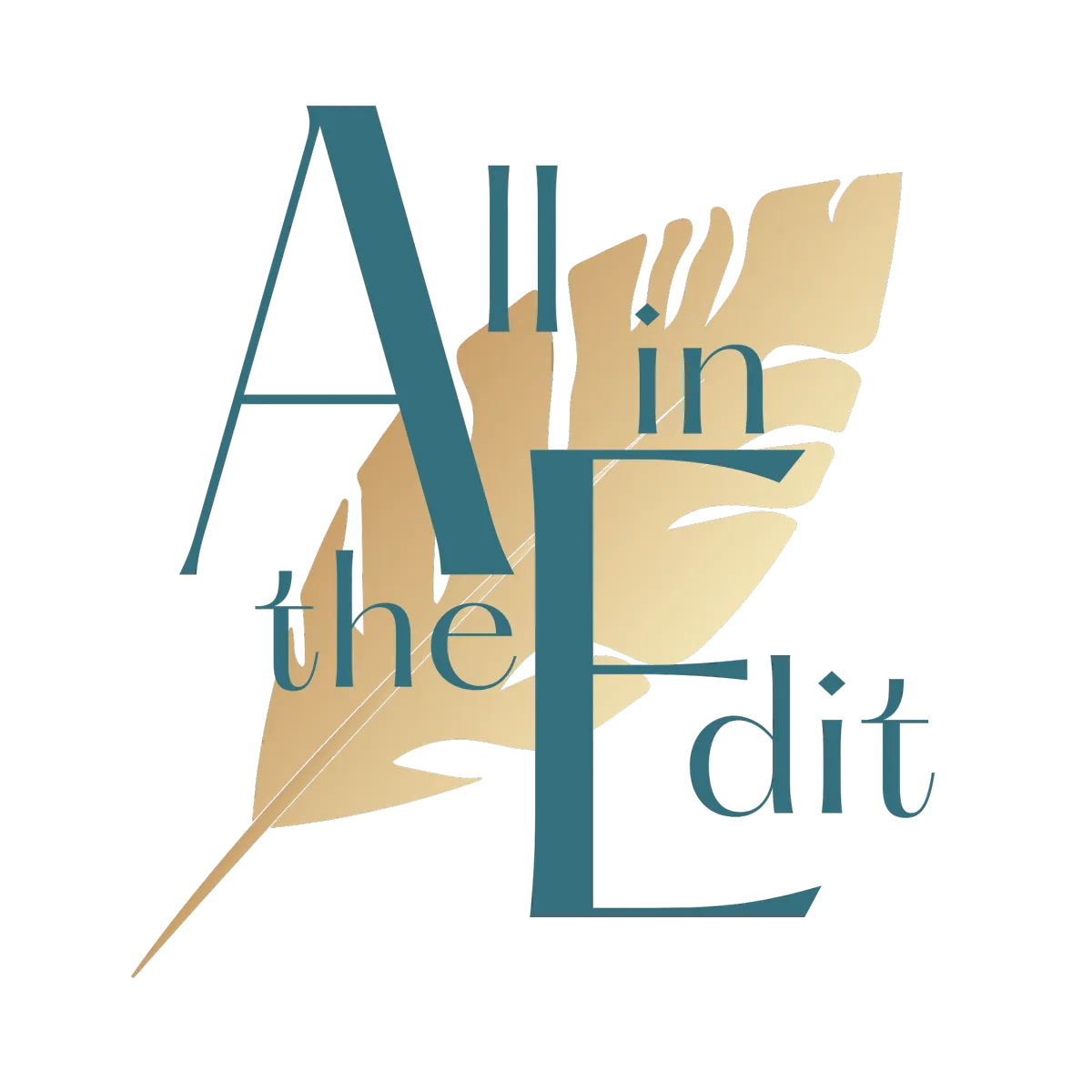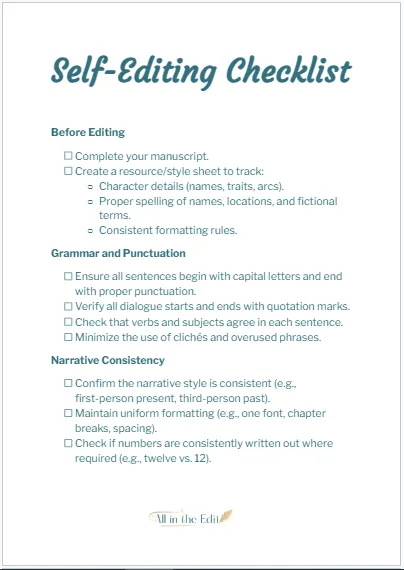
The Oxford Comma (or Who Knew Such a Little Mark Could Cause Such a Great Divide?) | All in the Edit
Introduction
Few punctuation marks spark as much debate as the Oxford comma. This seemingly small detail has caused heated discussions among writers, editors, and grammar enthusiasts. Some argue it provides much-needed clarity, while others see it as unnecessary clutter.
So, what exactly is the Oxford comma, why does it matter, and should you use it in your writing? Let’s dive into the controversy and explore why this little mark is more significant than it seems.
What Is the Oxford Comma?
The Oxford comma (also known as the serial comma) is the final comma in a list of three or more items, placed before the conjunction (and, or, nor).
Example (with Oxford comma):
I love reading, writing, and editing.
Example (without Oxford comma):
I love reading, writing and editing.
At first glance, the difference seems minor, but as we’ll see, that extra comma can prevent ambiguity in certain cases.

The Case for the Oxford Comma: Clarity and Precision
Advocates of the Oxford comma argue that it eliminates confusion and ensures clarity in writing. Without it, sentences can take on unintended (and sometimes hilarious) meanings.
Avoiding Ambiguity
Consider this famous example:
Without the Oxford comma:
We invited the strippers, JFK and Stalin.
This sentence suggests that JFK and Stalin are the strippers—an unintended and highly misleading interpretation!
With the Oxford comma:
We invited the strippers, JFK, and Stalin.
Now, it’s clear that JFK and Stalin are separate entities, not part of the previous group.
Legal and Professional Importance
The Oxford comma is more than just a style choice; in legal and business writing, it can have real consequences. A well-known lawsuit in Maine resulted in a $5 million settlement because a missing Oxford comma created ambiguity in a labor law regarding overtime pay. This case illustrates how punctuation can impact contracts, policies, and even court rulings.
The Case Against the Oxford Comma: Simplicity and Style
Opponents of the Oxford comma argue that it’s redundant and makes writing unnecessarily cluttered. Many major publications, including The Associated Press (AP) Stylebook, omit the Oxford comma unless required for clarity.
Streamlining Writing
Some writers and editors believe that a well-structured sentence doesn’t need an extra comma. They argue that careful phrasing can prevent ambiguity without relying on punctuation.
Example:
I bought apples, oranges and bananas.
For many, this sentence is clear enough without the Oxford comma, and adding it might feel excessive.
Following Style Guides
Many journalists, news organizations, and businesses follow the AP Stylebook, which generally avoids the Oxford comma. If you're writing for a publication that adheres to this rule, you may need to omit it.
However, other guides—such as The Chicago Manual of Style and The Oxford University Press (where the comma gets its name!)—strongly recommend using it.

Should You Use the Oxford Comma?
The answer depends on your audience, industry, and personal preference. Here are some key considerations:
For Clarity: If there’s any chance of ambiguity, use the Oxford comma. It’s better to be overly clear than to leave room for misinterpretation.
For Consistency: If you write in a setting that follows a specific style guide (e.g., AP Style for journalism, Chicago Style for book publishing), follow its rules.
For Legal or Business Writing: Always prioritize clarity and precision—using the Oxford comma can prevent costly misunderstandings.
For Personal or Creative Writing: It’s ultimately your choice! If you prefer clean, streamlined prose, you might skip it. If you like the added clarity, keep it.
At All in the Edit, we recommend using the Oxford comma, especially for formal, academic, and business writing. It ensures clarity and prevents miscommunication—because when it comes to editing, precision is everything!
Final Thoughts: A Small Comma with a Big Impact
While the Oxford comma may seem like a minor detail, its ability to change the meaning of a sentence makes it an important consideration for writers and editors. Whether you love it or leave it, being consistent in your writing style is key.
At All in the Edit, we help writers refine their work with expert editing and publishing services. Whether you need guidance on punctuation, grammar, or overall clarity, we’re here to support your writing journey.
Where do you stand on the Oxford comma debate? Let us know in the comments!


